|
|
|
Gawboy
Exhibit at Finlandia |
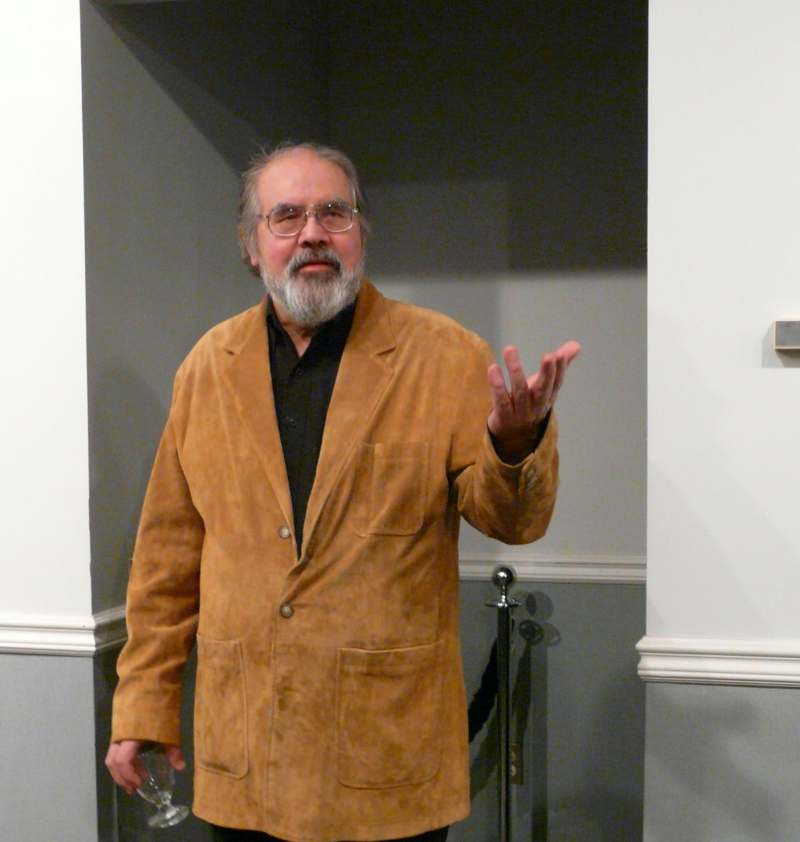 |
|
|
As the son of a Finnish mother and an Ojibwe
father, Carl Gawboy's paintings convey a unique
vantage point. Raised on his mother's family
farm in northern Minnesota, the youngest of
eight children, Gawboy decided early to become
an artist. He was determined that his art would
not be falsely romantic, but would rather draw
on his unique childhood experiences to tell the
story of his dual heritage. Whether harvesting
rice, duck hunting, or making hay, the subjects
of Gawboy's work carry the authenticity of an
experienced lived.
"Some artists ride trends, some labor for
self-expression, some artists seek to incite
revolutions. Carl Gawboy strikes for something
more simple, more pure: Truth.", states a review
of Gawboy's 2007 exhibit, "Carl Gawboy: 50 Years
Standing" at Ancient Traders Gallery in
Minneapolis, Minn.
In his art Gawboy focuses on bringing to life
scenes of Ojibwe culture that, until now, have
not been documented by painters or
photographers. He paints with historical
accuracy and often challenges popular and
academic paradigms about American Indian
cultures.
For his Finlandia University exhibit,
"Transforming the Cutover," Gawboy borrowed a
phrase he first heard at a workshop.
"I first heard the term "Cutover Lands" at a
workshop conducted by Arne Alanen. He was
referring to a geo-cultural region encompassing
Upper Michigan, Northern Wisconsin and Northern
Minnesota. This region was occupied by the
Ojibwe peoples, and their land-use patterns
included a maple sugar industry and
participation in the fur trade," explains Gawboy.
With the introduction of mining and logging to
the region, life changed for the people living
on the land. Mining brought large numbers of
European immigrants, while logging corporations
clear-cut vast tracts of land and left behind
acres of stumps, branches and broken tree tops.
It was on this deforested land that a farming
culture arose.
"There was hardly a tree left to build their
cabin and barns," notes Gawboy. "Piles of dead
branches and tops made the land susceptible to
fire. Building agriculture communities was
hampered by the short growing season and poor
soils. Yet, the characteristics of a community
took root: cooperatives, one-room schoolhouses,
4-H clubs and dance halls."
By the 1950s most of these farms disappeared
with trees and alders overwhelming the fields
and rock piles. "People who lived on the land
were held in utter contempt by the miners in
town," says Gawboy. "Suddenly in the 1950s rural
real estate was the next industry to sweep
through the north. 'Country' went from a symbol
of rural poverty to a status symbol. As a
witness to these changes, I saw my artistic
mission to record the life of the people of the
cutover to the best of my memory and ability."
Gawboy has been commissioned to create murals
for the Grand Portage National Monument, the
Bois Fort Museum, and Ely City Hall, all in
Minnesota; and the Superior (Wisconsin) Public
Library. His most recent mural, "Tribute to the
Finnish Homesteader," commemorates the
centennial of Cloquet, Minnesota.
Gawboy has exhibited his work nationwide,
including at the Eitlejorg Museum, Indianapolis,
and the Great Turtle Museum, Niagara Falls, New
York. He was also a cartoonist for the "New
World Finn" newspaper and these cartoons are
collected in the book, "In With the Finn Crowd."
In 2008 Gawboy was awarded the Lifetime
Achievement Award by the Depot Foundation in
Duluth for his extensive contributions in the
field of art and art education in the Duluth
region.
Gawboy graduated in 1965 from the University of
Minnesota-Duluth with a B.A. in the arts, and in
1972 he received a masters degree in American
Indian art from the University of
Montana-Missoula. He taught Indian studies for
six years at University of Minnesota-Duluth.
From 1990-2005 Gawboy taught American Indian
studies and watercolor painting at College of
St. Scholastica, Minnesota. He is now retired
and devotes much of his time to painting and is
co-authoring a book.
"Transforming the Cutover" is on display at the
Finlandia University Gallery through February
13.
The Finlandia University Gallery is in the
Finnish American Heritage Center, 435 Quincy
Street, Hancock. Gallery hours are Monday to
Friday 8:00 a.m. to 4:30 p.m., Wednesday, 8:00
a.m. to 7:00 p.m., or by appointment. Please
call 906-487-7500 for more information.
|
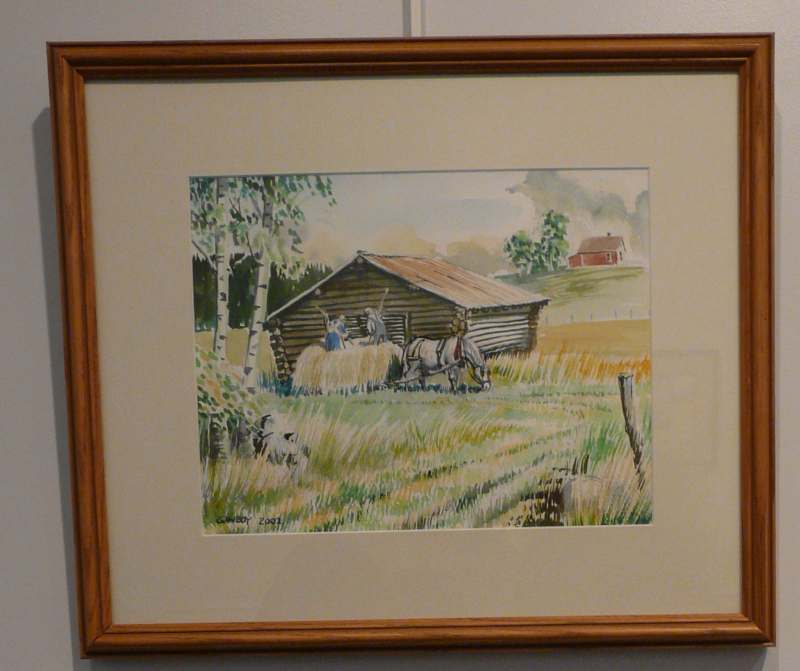 |
|
Hay Making in White Iron, from
Carl's Helmi series. |
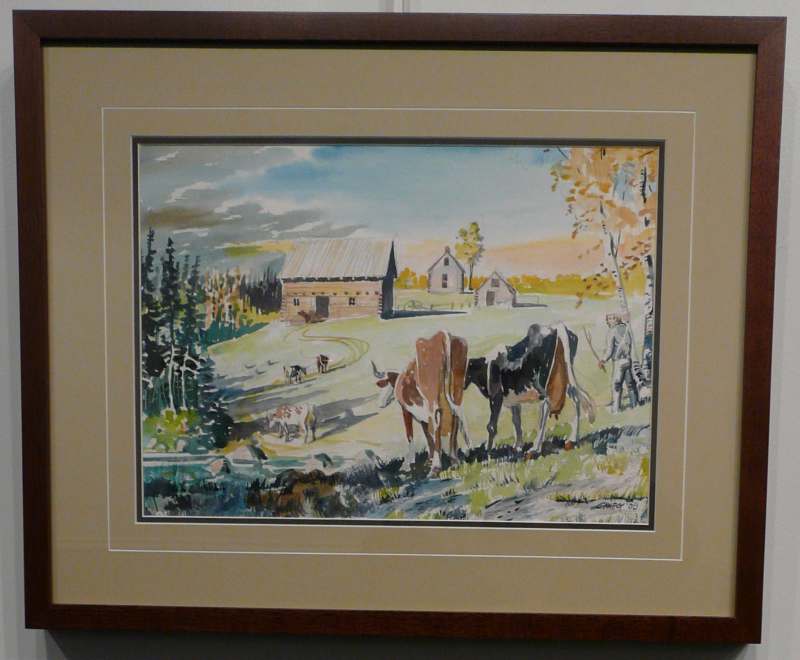 |
|
When the Cows Come Home |
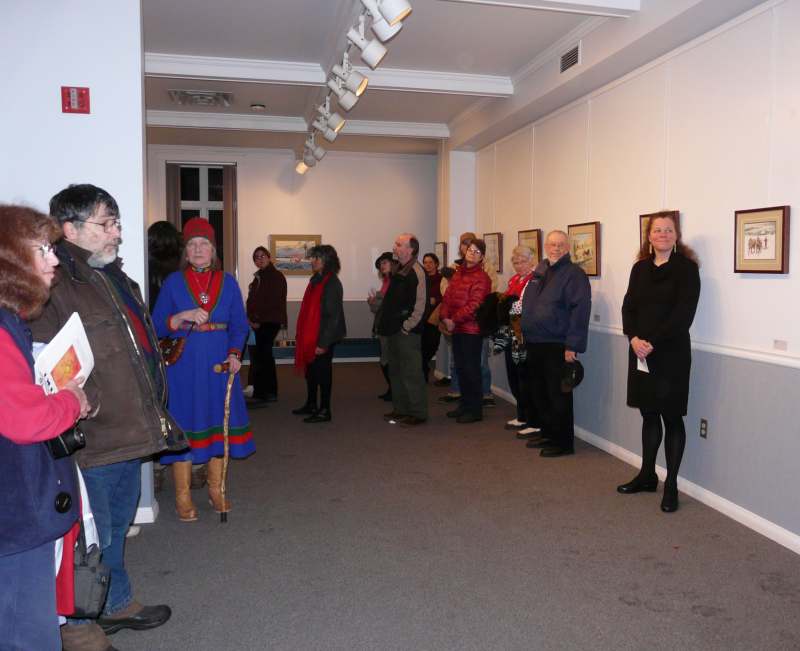 |
|
a large contingent of art
lovers came to Gawboy and his beautiful art on
exhibit at the Gallery |
|
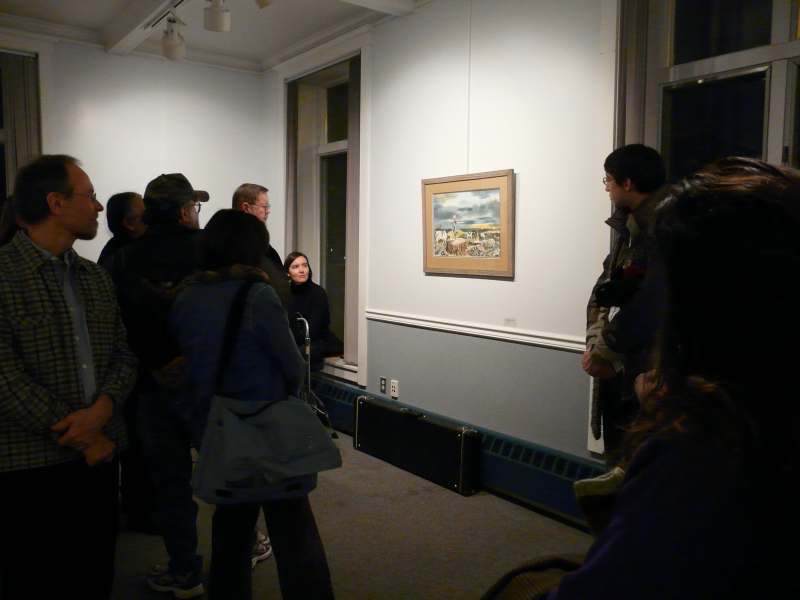 |
|
audience view "Helmi Skipping On A Stump" (in
1912), from Carl's Helmi series (photo
below) |
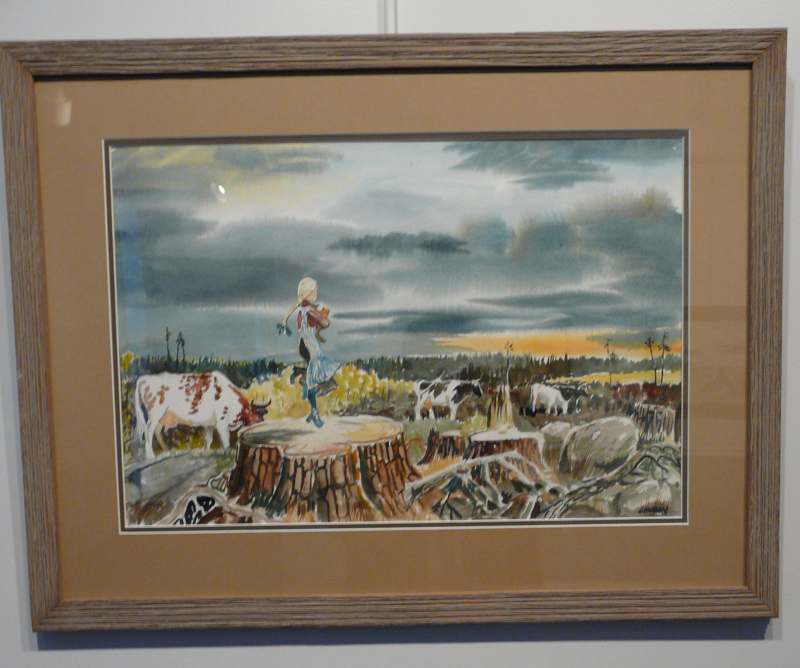 |
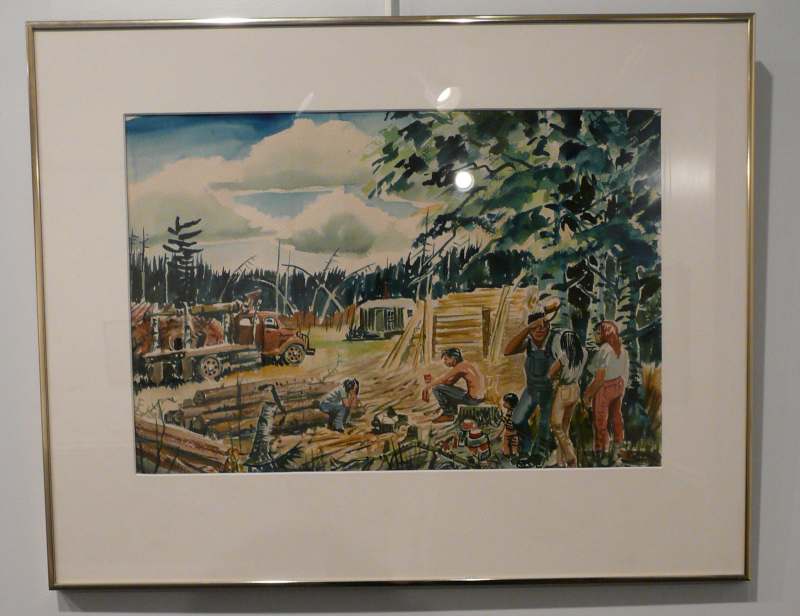 |
|
Eight Cents a Stick |
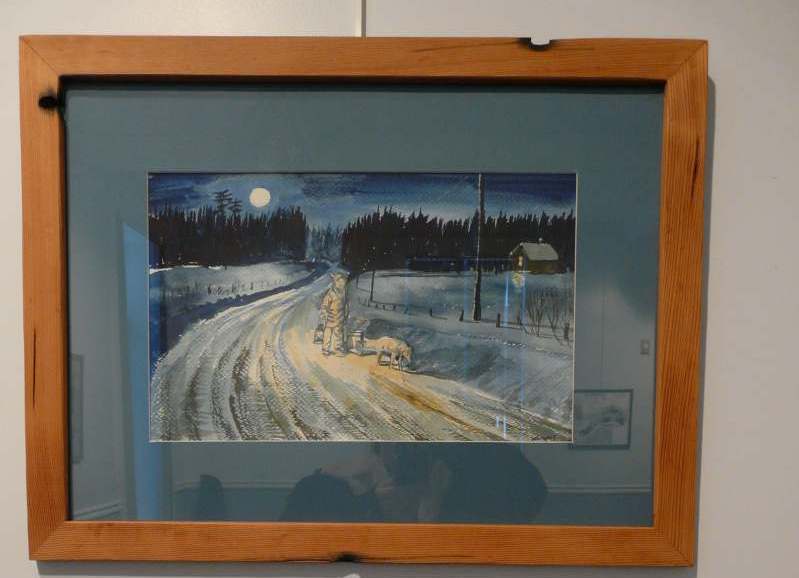 |
|
Delivering Milk |
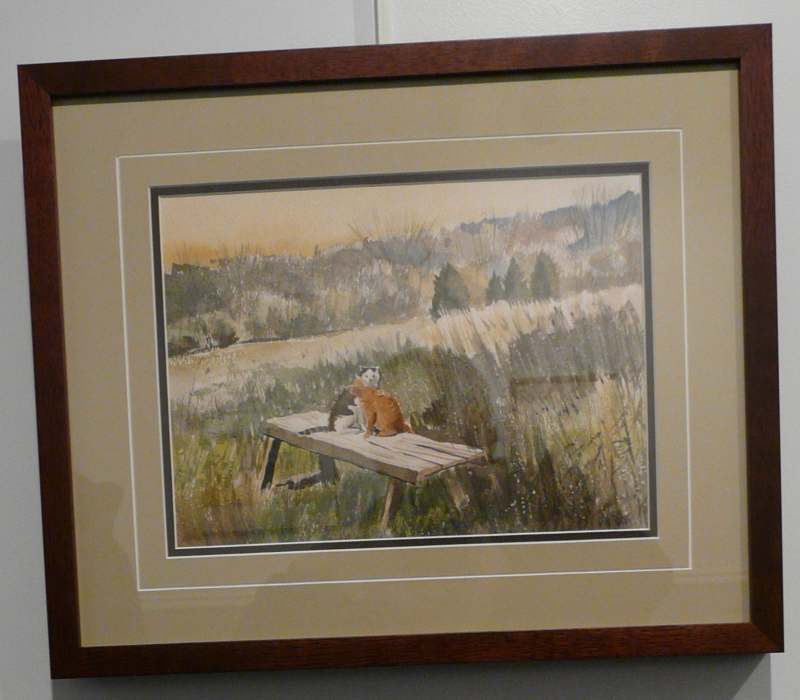 |
|
Farm Cats |
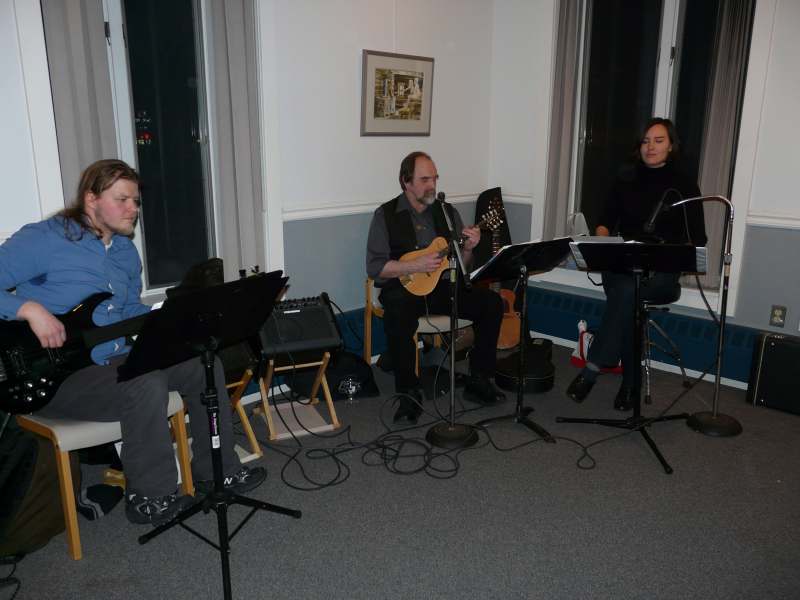 |
|
above a band provided musical
entertainment between events at "Indigenous
Night" The young lady on the right playing the
Constantia is Gawboy's daughter Ann. |
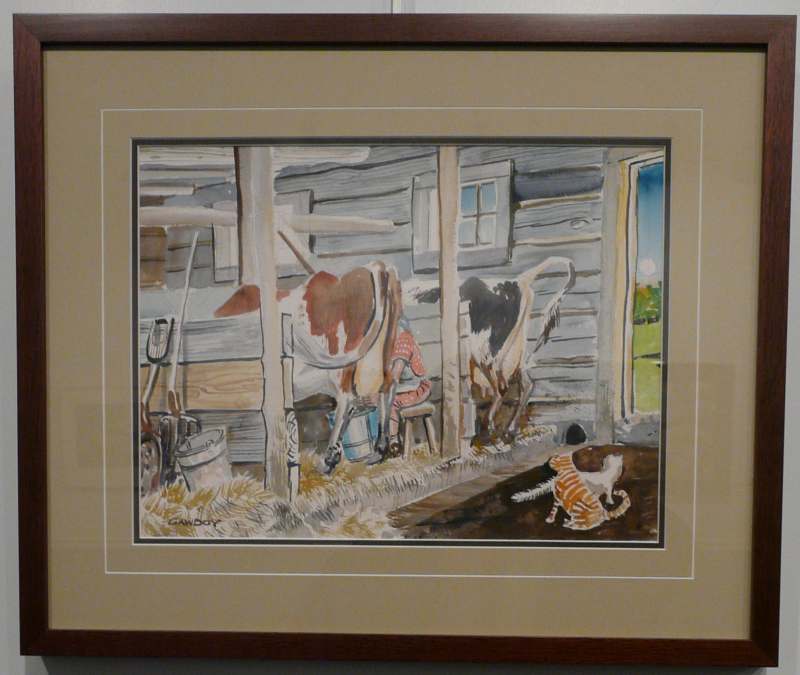 |
|
MIlking |
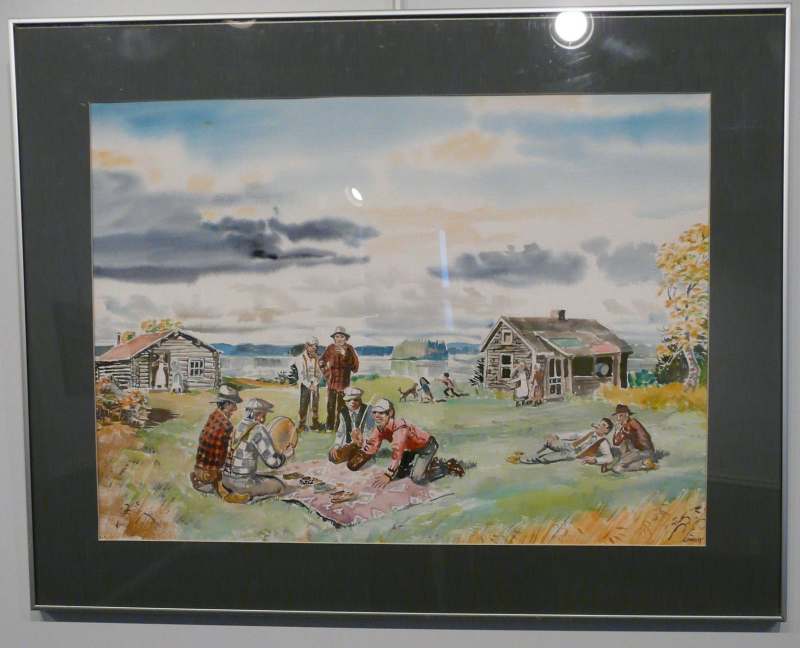 |
|
Moccasin Game |
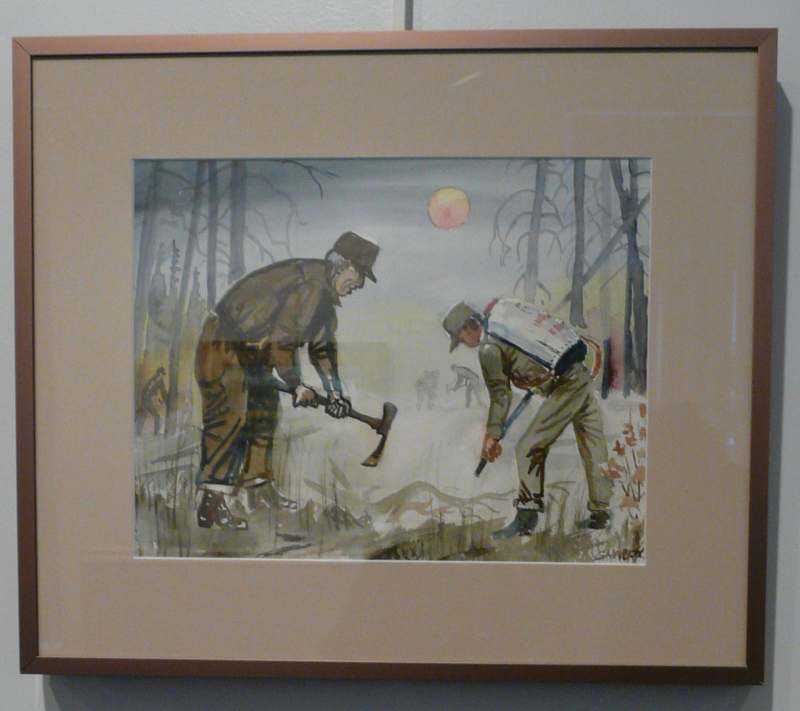 |
|
Mop Up Crew |
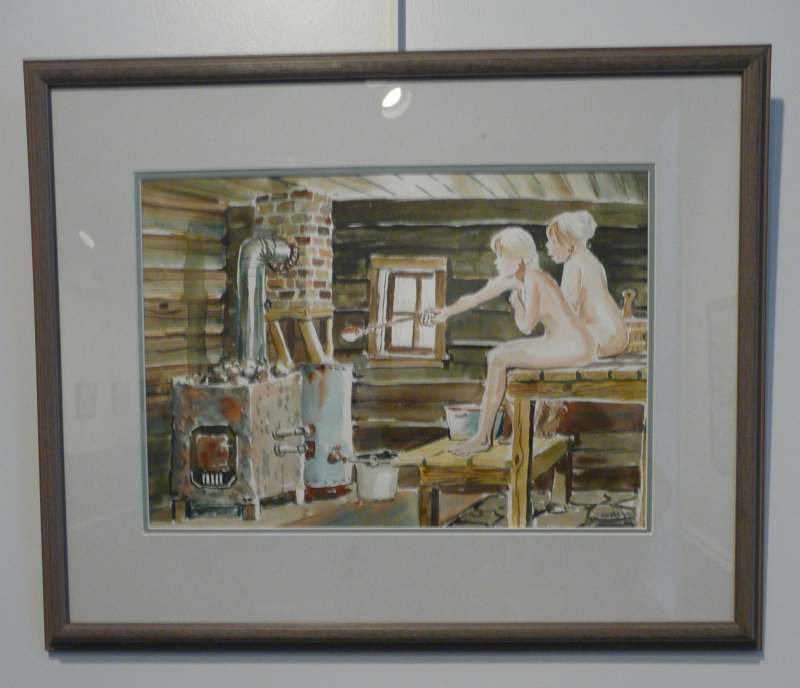 |
|
Mother and Daughter |
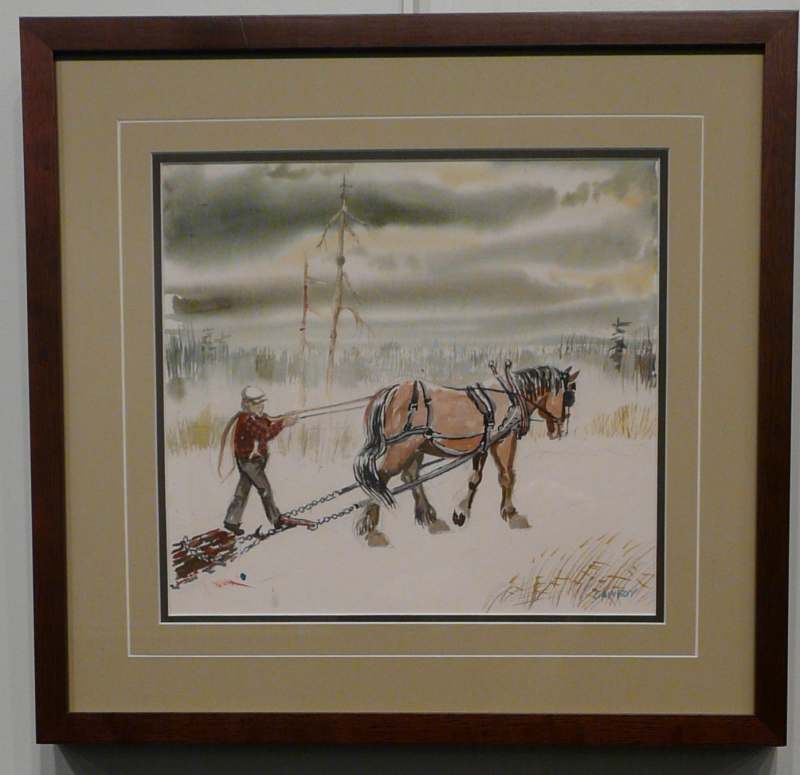 |
|
Red Pine Log |
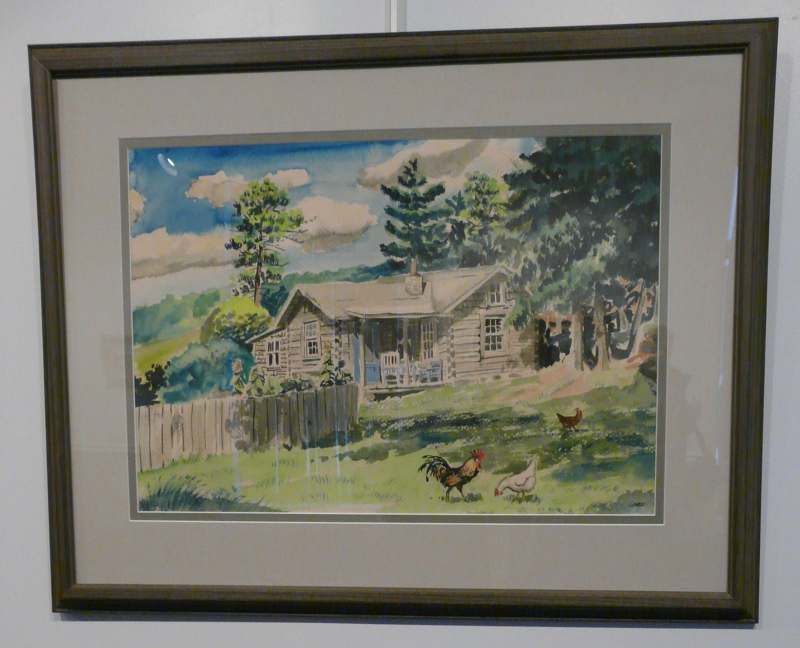 |
|
River Cabin |
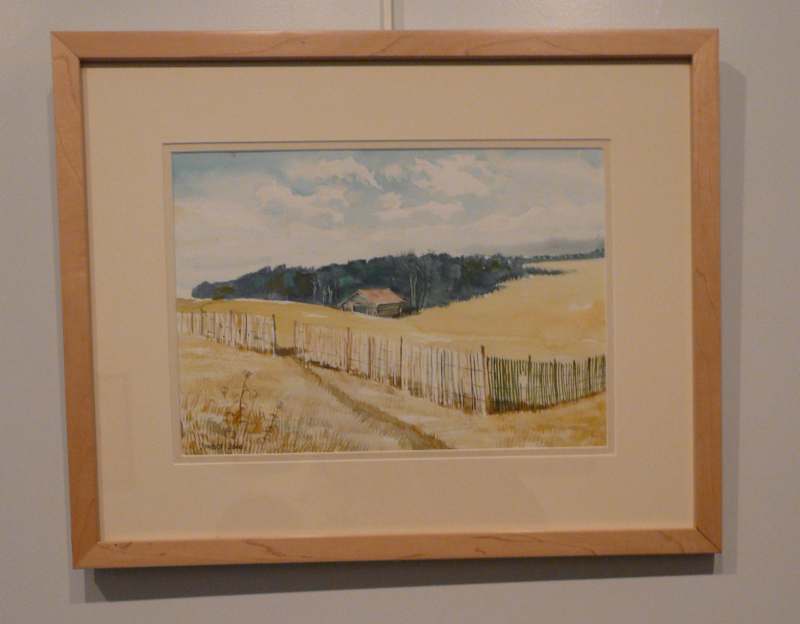 |
|
Snow Fence |
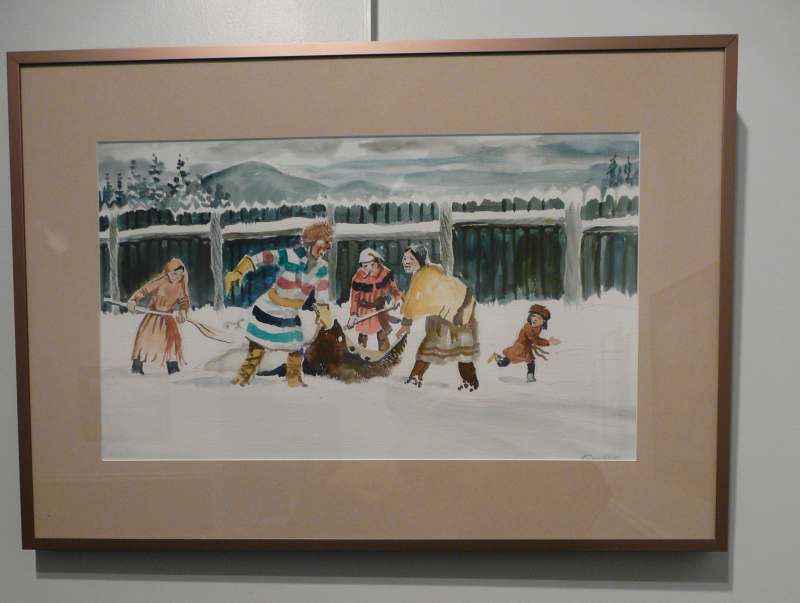 |
|
Snow Removal Fur Trade |
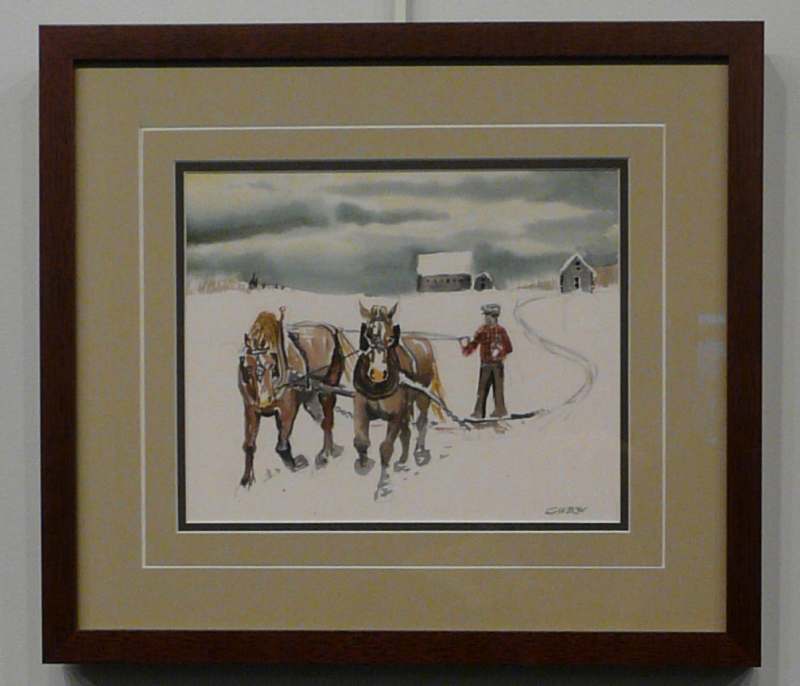 |
|
The Driveway |
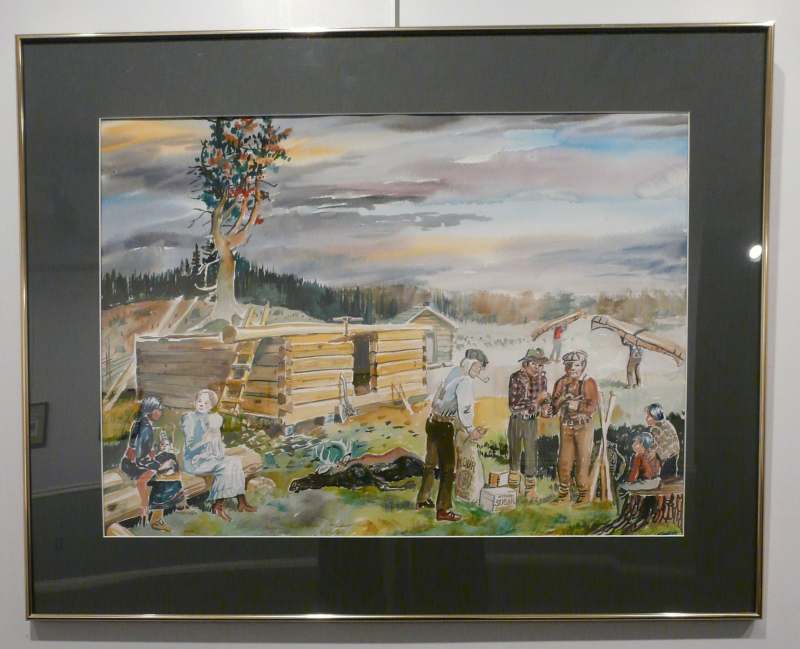 |
|
Trading on the Divide |
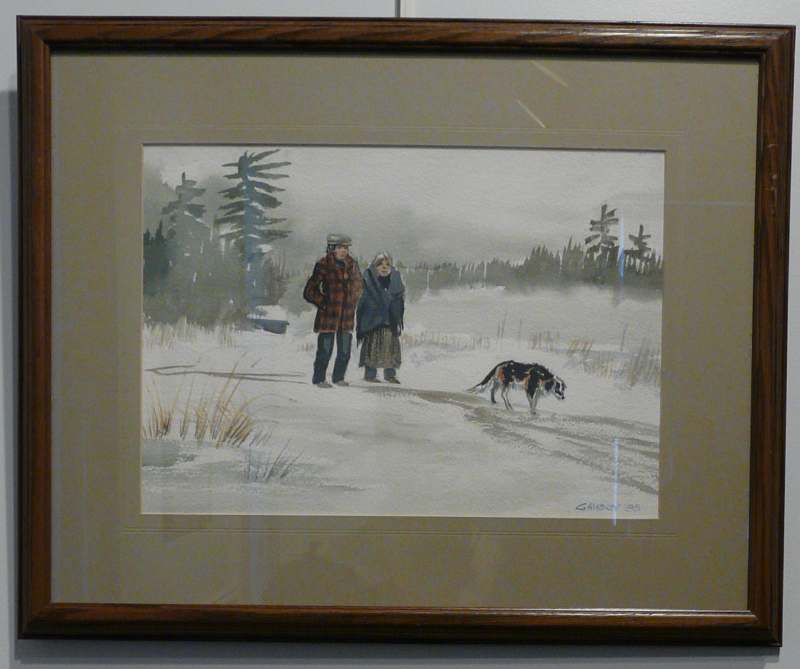 |
|
Visiting |
|
|
|
|
|
|
|
|
|
|
|
|
|
|
|
|
|
|
|
|
|
|
|
|
|
|
|
|
|
|
|
|
| |
| |
|
IronwoodInfo.com is a Michigan,
Non-Profit Media Corporation |
|
Contact IronwoodInfo.com |
|
email:
mail@ironwoodinfo.com
snail mail: P.O. Box 305 Ironwood, MI 49938
Telephone
Ironwood: 906-932-1402
Ontonagon: 906-885-5683
Fax
906-884-2544 |
| |
|
|